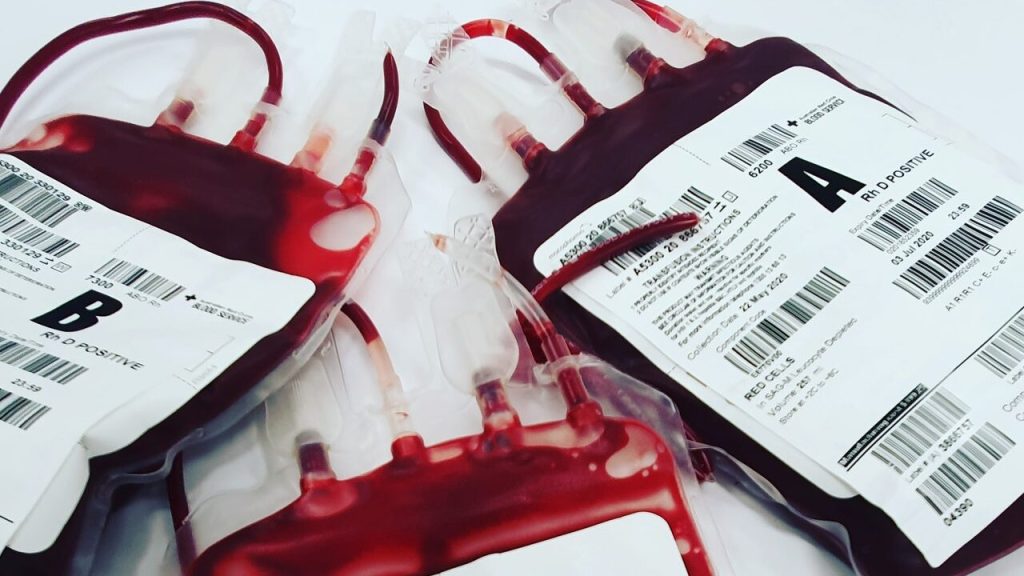Shining a New Light on Tranexamic Acid for Trauma Care

A new study from Australia, New Zealand and Germany published in the New England Journal of Medicine raises important questions about the success or otherwise of using tranexamic acid in trauma.
Tranexamic acid is commonly used to limit bleeding during surgery. However, its usefulness in emergency settings as a pre-emptive strike in life-threatening bleeding has been controversial, and recent studies have provided contradictory results about whether or not it saves lives or causes dangerous blood clotting.
The Pre-hospital Antifibrinolytics for Traumatic Coagulopathy and Haemorrhage (PATCH-Trauma) Study was designed to solve this dilemma. Led by Monash University and the Australian and New Zealand Intensive Care Society Clinical Trials Group, it is one of the largest clinical trials ever conducted where treatment was given at the roadside, in an ambulance or in a helicopter prior to reaching hospital.
It involved 1310 severely injured patients treated by 15 ambulance services and 21 trauma centres in Australia, New Zealand and Germany, taking eight years to complete.
In addition to all the usual care, patients were randomly assigned to receive pre-hospital tranexamic acid or an inactive placebo. The results showed that for every 100 patients allocated to receive tranexamic acid, there were approximately four extra survivors at six months, but all were severely-disabled and highly-dependent on carers.
The lead investigator, Professor Russell Gruen, now Dean of the College of Health and Medicine at the Australian National University, described this as a landmark study in trauma care. “It shows it’s not enough to find out only whether treatments save lives or not – quality of life and the long-term outcomes of care also matter,” Professor Gruen said.
Monash University Professor Stephen Bernard, Medical Advisor to Ambulance Victoria and lead for the Australian arm of the study, praised the ambulance services involved. “The PATCH-Trauma Study is further proof that ambulance professionals can conduct rigorous clinical trials in very sick patients and in extremely challenging circumstances,” he said.
As to whether tranexamic acid should be used for trauma patients, Professor Gruen is circumspect. “Because the drug needs to be given before severely injured patients can make an informed decision, further work is needed to see if we can identify patients who are more likely to survive with a favourable functional outcome if they are given tranexamic acid,” he said. “However, the PATCH-Trauma Study gives us confidence that critical care is possible well before patients get to hospital.”
Source: EurekAlert!




